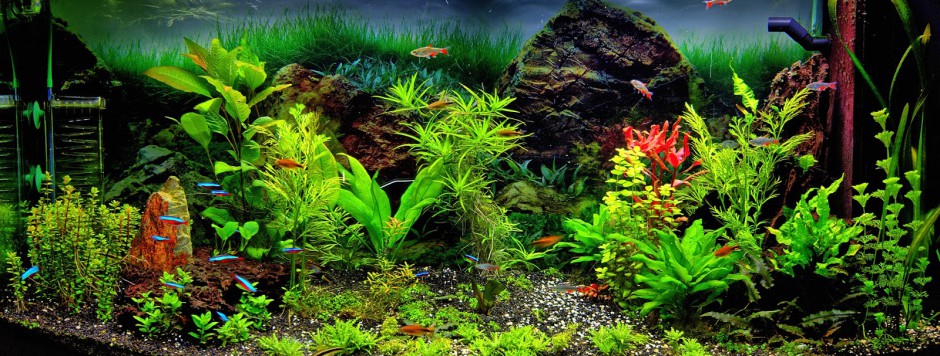Veins are a vital part of urotrin en chile para que sirve our circulatory system, in charge of lugging deoxygenated blood back to the heart. One intriguing characteristic of capillaries is their bluish appearance, often observed on the surface of our skin. However have you ever before wondered why blood vessels appear blue? In this write-up, we explore the scientific research behind the color of our veins, checking out the duty of light, blood composition, and the physiology of our blood circulation system.
The Duty of Light in Capillary Color Assumption
As opposed to popular belief, veins are not in fact blue. The shade we perceive is a result of light absorption as well as representation. When light connects with our skin, it permeates with multiple layers, consisting of the epidermis as well as dermis. During this journey, various wavelengths of light are taken in or spread. The color that reaches our eyes relies on the wavelengths that are shown back.
Human blood, whether oxygenated or deoxygenated, is always red. However, the method light connects with blood can develop an optical illusion that makes capillaries show up blue. The vital factor in this impression is the means our skin scatters and absorbs various wavelengths of light.
When light go through our skin, it encounters structures such as collagen, elastin, and also capillary. These structures spread shorter blue and environment-friendly wavelengths of light more effectively than longer red wavelengths. Consequently, when light shows back towards our eyes, the much shorter blue and eco-friendly wavelengths control, bring about the assumption of a bluish shade.
- Secret takeaway: Capillaries show up blue because of the spreading and also absorption of much shorter blue and eco-friendly wavelengths of light.
Blood Structure: Oxygenation as well as Blood Vessel Color
One may wonder why veins, in charge of carrying deoxygenated blood, appear blue. The answer depends on the means our eyes view shade, in contrast to the actual composition of our blood.
As mentioned earlier, human blood is constantly red, whether it is oxygenated or deoxygenated. Oxygen-rich blood, pumped by the heart, is bright red as well as commonly seen in arterial blood vessels. This oxygenated blood lugs oxygen to different cells as well as organs, supporting their essential functions.
On the various other hand, deoxygenated blood, having actually delivered oxygen to tissues, go back to the heart through capillaries. This deoxygenated blood is darker in color, leaning towards a maroon tone. Nonetheless, because of the way our skin scatters as well as soaks up light, we perceive this dark-colored blood as blue when translucented the skin.
It is important to keep in mind that the shade of blood vessels might vary from person to person and also can be impacted by aspects such as skin complexion, density, and the quantity of subcutaneous fat present. These aspects can influence the means light engages with the skin, ultimately impacting the viewed color of veins.
Moreover, particular medical problems can also influence blood vessel color. As an example, varicose blood vessels, which happen when blood vessels come to be enlarged as well as twisted, might appear bluish-purple as a result of the increased visibility of underlying blood vessels.
- Secret takeaway: The color of capillaries is unassociated to blood oxygenation. Deoxygenated blood, which capillaries lug, appears blue as a result of the method light engages with the cardiobalance originale skin.
Physiology of Our Circulatory System
Understanding the physiology of our circulatory system can provide more understandings right into why capillaries appear blue.
Our blood circulation system includes two significant types of blood vessels: arteries as well as capillaries. Arteries carry oxygenated blood far from the heart, while capillaries return deoxygenated blood back to the heart. While both arteries and blood vessels are accountable for blood transport, their frameworks differ.
Arteries have thick, muscle wall surfaces as well as a smaller sized lumen, which helps them preserve their shape even when empty. Additionally, the brilliant red oxygenated blood streaming with arteries adds to their distinct look.
Blood vessels, on the other hand, have thinner wall surfaces and a bigger lumen, permitting them to accommodate a larger quantity of blood. In addition, blood vessels possess valves that protect against the heartburn of blood. These shutoffs, combined with the rhythmical tightening of bordering muscles, aid in propelling deoxygenated blood in the direction of the heart.
While veins’ blue appearance is primarily an optical illusion, it deserves keeping in mind that the blood within our capillaries may contribute to some degree. The darker hue of deoxygenated blood, combined with the scattering of much shorter blue and green wavelengths of light, collectively create the perception of bluish blood vessels.
- Key takeaway: The structure of veins, including their thinner walls and valves, together with the shade of deoxygenated blood, play a role in the bluish appearance of capillaries.
Final thought
Veins appear blue as a result of the way light communicates with our skin and also the scattering of much shorter blue and eco-friendly wavelengths. Although blood is constantly red, our understanding of capillary color is affected by the optical residential properties of our skin and also the specific structure of blood vessels. Understanding the scientific research behind the color of our blood vessels boosts our expertise of the blood circulation system and the interesting ways in which our bodies work.
Keep in mind, the following time you observe those blue blood vessels on your skin, you’ll understand that their color is not a straight reflection of their materials but a result of the complicated interplay in between light and also our physiology.

